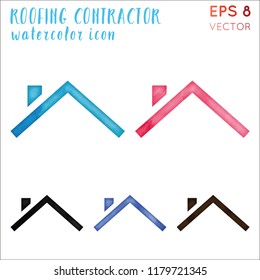Learn About The Ways In Which Seasonal Aspects Can Influence The Success Of Industrial External Painting And Identify The Most Effective Times To Achieve Long-Term Outcomes For Your Task
Learn About The Ways In Which Seasonal Aspects Can Influence The Success Of Industrial External Painting And Identify The Most Effective Times To Achieve Long-Term Outcomes For Your Task
Blog Article
Team Author-McLamb Urquhart
When you're intending a business external painting project, seasonal variables can make or break your outcomes. You'll wish to take into consideration exactly how temperature and humidity effect paint application and drying out times. Selecting the right season can guarantee your paint sticks effectively and lasts much longer. But which periods are truly the very best for this sort of work? Allow's explore the crucial elements that can affect your task's success.
The Effect of Temperature on Paint Application
When you're intending a business outside paint job, the temperature can significantly influence exactly how well the paint sticks and dries.
Preferably, online exterior color consultant intend to repaint when temperature levels vary between 50 ° F and 85 ° F. If it's also chilly, the paint might not cure properly, bring about problems like peeling or cracking.
On the other side, if it's too warm, the paint can dry out too swiftly, avoiding appropriate adhesion and resulting in an irregular surface.
You ought to likewise take into consideration the moment of day; early morning or late afternoon provides cooler temperatures, which can be much more beneficial.
Constantly examine the producer's referrals for the particular paint you're making use of, as they often supply assistance on the perfect temperature range for ideal results.
Humidity and Its Impact on Drying Times
Temperature isn't the only environmental variable that affects your industrial outside painting project; moisture plays a considerable role also. Read the Full Post can slow down drying out times substantially, affecting the overall top quality of your paint work.
When the air is filled with moisture, the paint takes longer to heal, which can cause issues like bad attachment and a greater threat of mold growth. If you're painting on a specifically humid day, be gotten ready for extended wait times in between layers.
straitline painting to monitor regional climate condition and plan as necessary. Preferably, aim for humidity levels in between 40% and 70% for optimum drying out.
Keeping these consider mind ensures your project remains on track and delivers an enduring finish.
Best Seasons for Commercial Exterior Paint Projects
What's the very best time of year for your commercial external paint projects?
Springtime and very early loss are generally your best choices. During these seasons, temperatures are mild, and humidity degrees are often reduced, creating optimal conditions for paint application and drying out.
Stay clear of summer season's intense heat, which can trigger paint to completely dry also promptly, leading to inadequate adhesion and finish. Similarly, winter's cool temperatures can hinder appropriate drying and treating, taking the chance of the longevity of your paint task.
Go for days with temperature levels in between 50 ° F and 85 ° F for optimum results. Bear in mind to examine the local weather prediction for rain, as wet conditions can ruin your job.
Planning around these elements guarantees your paint project runs efficiently and lasts longer.
Final thought
Finally, planning your business external painting projects around seasonal factors to consider can make a significant difference in the result. By organizing work throughout the perfect temperatures and moisture levels, you'll guarantee far better attachment and drying out times. Remember to watch on neighborhood weather forecasts and select the correct time of year-- springtime and early fall are your best choices. Taking these actions will assist you achieve a durable and specialist surface that lasts.
